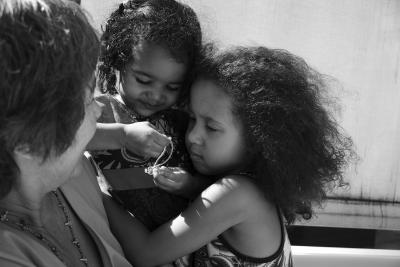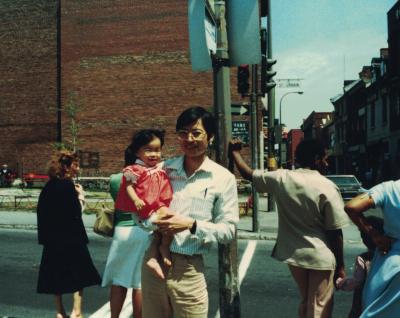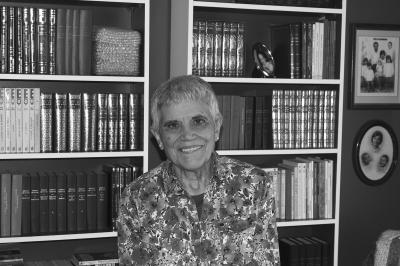Andong Wang explores the ways in which drawing and painting can serve as vectors for expression. Built up through vigorous brushwork and subtle lines, his works combine analytic rigor and intuition, reflecting a rich inner world.
As part of the exhibition Dialogue with Montréal’s Chinese Community, the MEM met with members of the Chinese community in Montréal. This is Andong Wang’s story.
—
For nearly fifty years, Andong Wang has been exploring the expressive potential of drawing and painting. His works blend technique and intuition, East and West, vigorous brushwork and subtle lines, opening the way to new experiences and reflecting a rich inner world.
An innate talent
Andong Wang
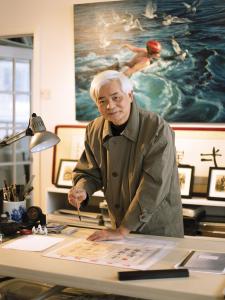
New directions
Andong Wang - œuvre
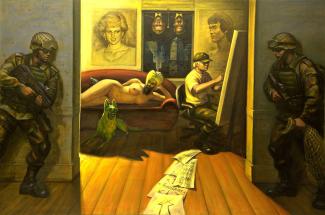
Redefining Chinese art
the_great_empires_spirit_mdesm.jpg
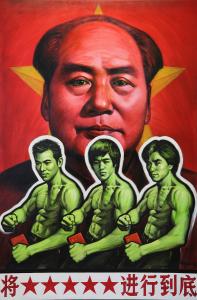
A studio in Chinatown
Andong Wang 2
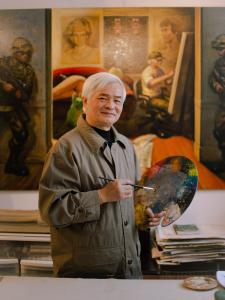
东画廊
「我是画家,我的贡献是宣扬中华文化和当代艺术。」
—
「我一出生就热爱绘画。我很小的时候就学会了自己画画。直到1980年,文化大革命结束并恢复了国家高考后,我才有机会进入广州美术学院接受了为期四年的艺术培训。从那时起,我开始欣赏加拿大因纽特人的平版印刷术 。 1991年,我以国际留学生的身份进入了康考迪亚大学美术研究院主修雕刻。当时,雕刻系只有六名国际学生,而我是这个极具竞争性课程中唯一来自中国的学生。 」-王安东
—
La traduction en chinois simplifié a été faite par Serena Xiong (熊吟) et révisé par Philippe Liu (刘秦宁).
東畫廊
「我是畫家,我的貢獻是宣揚中國文化和當代藝術。」
—
「我一出生就熱愛繪畫。我很小的時候就學會了自己畫畫。直到1980年,文化大革命結束並恢復了國家高考後,我才有機會進入廣州美術學院接受了為期四年的藝術培訓。從那時起,我開始欣賞加拿大因紐特人的平版印刷術 。 1991年,我以國際留學生的身份進入了康考迪亞大學美術研究院主修雕刻。當時,雕刻系只有六名國際學生,而我是這個極具競爭性課程中唯一來自中國的學生。 」-王安東
—
Traductrice : Wai Yin Kwok.

